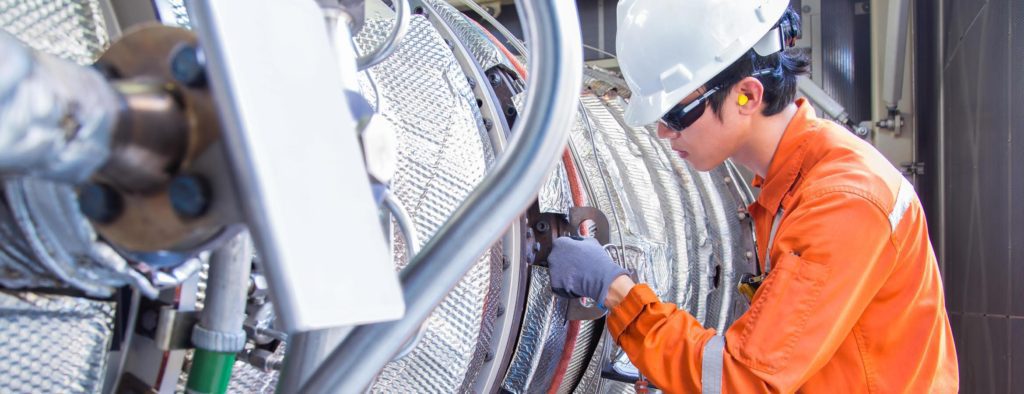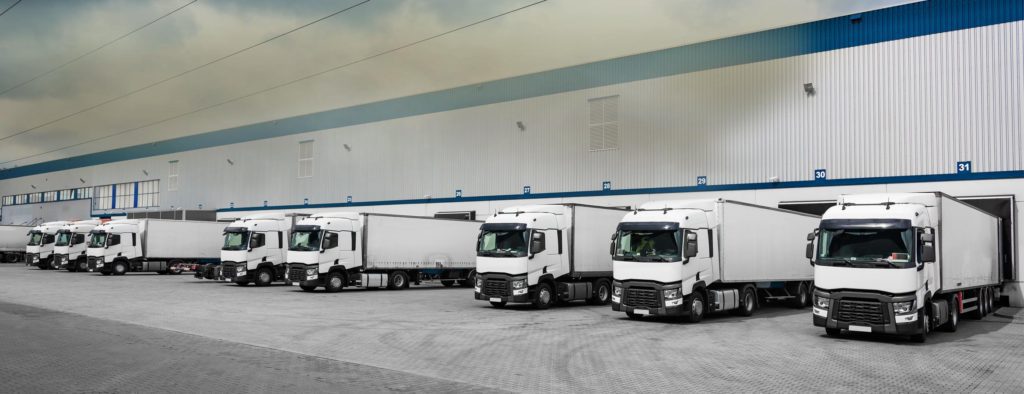Proper Selection of Air Filters for Commercial Buildings
Commercial buildings are held to stringent air filtration standards and regulations to ensure the health and safety of the people inside them. For the average business owner, the world of commercial air filtration systems can be overwhelming.
When it comes to choosing an air filter for your commercial building, it is essential to gather all the facts before investing your hard-earned money. Different types of buildings and businesses have unique air filtration needs and require specific types of air filters in order to remove particulate matter efficiently.
The best general Heating, ventilation, and air conditioning (HVAC) air filtration systems seek to reduce indoor air pollutant levels in order to protect employees from ailments such as the common cold and influenza, among other things. The key to finding the perfect filter is to measure your business’ needs in terms of particle absorption vs. energy efficiency using the Minimum Efficiency Reporting Value (MERV) number that each air filter is assigned.
In simple terms, the higher the MERV number, the more particles are being filtered out of the air, but also the less the air passes through the filter (higher air resistance). The trick is to find the balance between these two factors that best suit your commercial building.
When it comes to using the MERV scale to rate an air filter, the lower numbers indicate low air resistance (and thus low efficiency particle filtration), while the higher numbers indicate high particle filtration (and thus low efficiency air resistance).
MERV 1-4 typically are disposable filters made of fiberglass that are very cost efficient. MERV 5-8 filters feature pleated filters while MERV 9-12 use extended pleated panels. MERV 13-16 are usually electronic filters that require professional installation to use properly.
The Six Signs of a Proper Air Filter
When it comes to selecting the proper air filtration system, there are many technical terms and specifications that can be overwhelming and hard to navigate for the average business owner. We have compiled a list of the most important features to focus on as you research the proper system for your commercial building.
Particle Absorption
General HVAC systems require a constant level of pressure in order to maintain the highest levels of particle absorption. Choosing the proper filter prevents a drop in pressure and allows the system to perform optimally.
Particle Retention
Absorbing harmful particles in the air is only half the air filtration battle. It is pointless to filter the air if the material will eventually slip through the filter and return to the airstream. This is also an important detail to worry about when it comes to replacing filters as you don’t want to undo all the hard work your filter did by accidentally shaking out the particles while changing it out.
Lifespan
Once you’ve found a filter with great particle absorption and retention features, next it is important to look for commercial air filters with a long lifespan. Simply reducing the amount of times you change your filter can greatly improve the air quality in your commercial building. The price of the filter will correlate with the longevity of the filter, but it is widely accepted that investing in a more expensive filter up front will save you money later on. Don’t cut costs when it comes to the lifespan of your filter!
Energy
Another area where you can save some pennies is the energy efficiency of the filter. General HVAC systems require constant pressure, but an energy efficient filter can greatly reduce your electricity costs associated with powering your system.
Filter Material
It is crucial to find an air filter that is made of the proper material. A good filter will be made of a non-shedding fiber. This prevents bacteria and trapped particulate matter from re-entering the airstream once it’s been filtered. It should also be made of a microbial resistant material in order to avoid bacterial growth.
Air filters often cycle between wet and dry cycles which means you need to find a filter that is also made of a moisture resistant media in order to avoid fungal growth, shedding fibers, and pressure drops in the system. Lastly, your filter should have a solid structural integrity as to avoid developing blowouts, rips and holes in the media.
The GreenGuard Guarantee
One final factor to consider when purchasing a filter is whether or not the manufacturer meets Greenguard® safety standards. Greenguard® is a non-profit organization that is independent of product or manufacturer affiliation. Achieving the Greenguard® Certification gives credibility to a manufacturer’s claims of environmental sustainability by backing those claims with irrefutable scientific data from an unbiased, third-party organization.
The Greenguard® Indoor Air Quality (IAQ) certification program offers a guarantee that products made for indoor use must meet very strict chemical emissions standards based on standards set by major health agencies.
Our Recommendation: The EFS V4-Bank Synthetic Air Filter
Some of the leading types of commercial air filters are designed to be compact. Compact air filters like the EFS V4-Bank Synthetic Air Filter are used in general HVAC systems as high efficiency final air filters in industrial, commercial, medical, and institutional applications.
They also serve as pre-filters in HEPA installations. These filters are designed with a sturdy, rigid frame construction in order to prevent damage to the media and are able to withstand high velocities and turbulence. The media is made of non-shedding fibers specially designed to resist moisture and chemicals, all while resisting bacterial growth. This type of filter is an all-around star when it comes to general HVAC systems.
Conclusion
When making your next commercial air filter purchase, make sure to consider the HVAC operating conditions, the efficiency of the air filter (MERV number), and the installation costs. Keep in mind that, as with most things, the quality of the filter is directly proportional to the cost. It may be a larger upfront investment, but it will likely save you money in the long run by not having to replace filters regularly coupled with reduced sick time off taken by employees.
Proper Selection of Air Filters for Commercial Buildings Read More »










